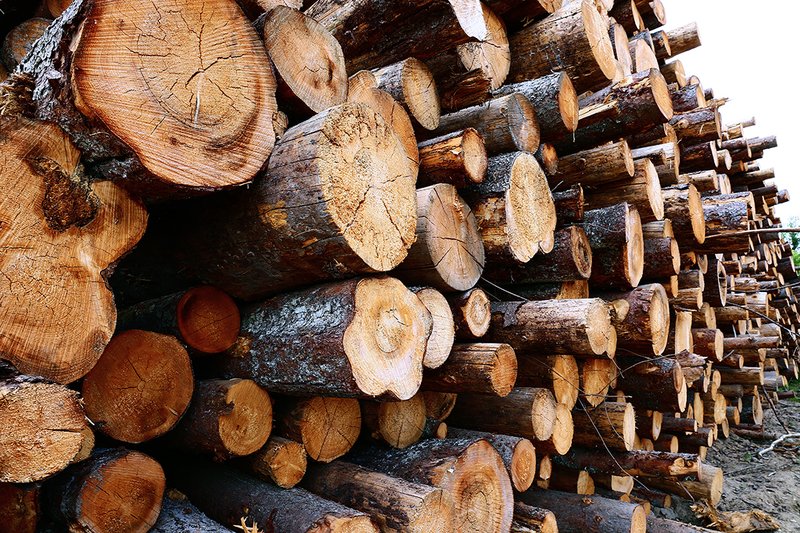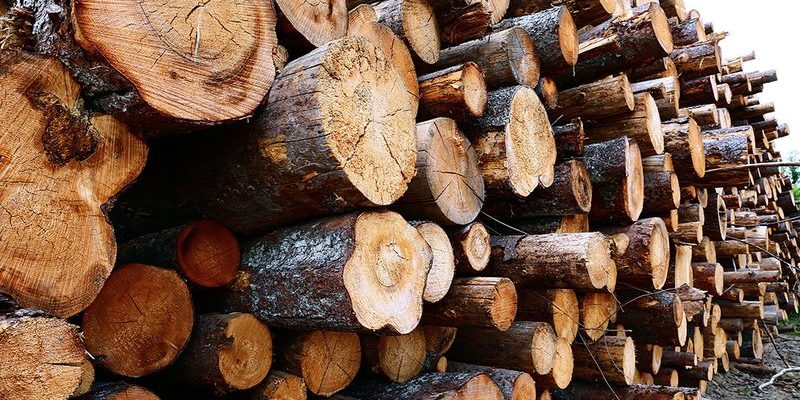
Wood ducks are like the culinary connoisseurs of the duck world. They have a varied diet that includes not just plants but also insects, small fish, and even seeds. It’s almost like they’re on a foraging adventure every day. So, what does the wood duck eat, and how does it hunt or forage? Let’s explore their diet and the intriguing methods they use to get their meals.
Wood Duck Diet: What Are They Eating?
Wood ducks are omnivores, which means they enjoy both plant-based foods and protein-rich snacks. Their diet primarily consists of:
- Seeds and Nuts: They love acorns, seeds, and other nuts. These high-energy foods are perfect for them, especially during the colder months.
- Fruits: Berries and other fruits are favorites. They often forage on shrubs and trees to find these delicious treats.
- Aquatic Plants: Wood ducks often nibble on aquatic vegetation, including duckweed and other green snacks floating in the water.
- Insects and Small Fish: During warmer months, wood ducks will dive into the water or scavenge along the bank for insects and small fish, which provide essential proteins.
You see, their diet is pretty diverse, which gives them an edge in various habitats. This adaptability helps them survive in both wooded wetlands and more open water environments. Honestly, their varied eating habits are vital for their health and survival.
Where Do Wood Ducks Forage?
Wood ducks are typically found in wooded wetlands, swamps, and along the edges of lakes. But what does this mean for their foraging habits? Well, it means they have a treasure trove of food options right at their feet!
You might be wondering why they choose these habitats. The answer is simple: they provide shelter, plenty of food sources, and quiet spots to escape from predators. Imagine being a wood duck, gliding through the lush green trees and spotting a tasty berry bush or a shimmering pool filled with insects.
In these environments, wood ducks often forage in the early morning or late afternoon. This timing is strategic, as it helps them avoid the heat of the day and be less visible to predators. Plus, it’s a quieter time, allowing them to focus on finding a meal without too many distractions.
How Wood Ducks Hunt
Hunting isn’t just about chasing after food for wood ducks; it’s more like a graceful dance. They have specific techniques for finding their meals, and it’s fascinating to observe.
Wood ducks often use a technique called “dabbling.” This means they tip forward in the water to reach food beneath the surface. Picture them gracefully bending their necks, creating little ripples as they enjoy a delicious snack below. It’s an elegant sight!
They also aren’t shy about landing on land. Wood ducks can easily hop on branches or the bank to search for fruits and seeds. Their strong legs and webbed feet make foraging on land a breeze. If you watch a wood duck in action, you’ll likely see it checking out the ground and grabbing snacks with surprising agility.
Seasonal Feeding Habits
As seasons change, so do wood ducks’ eating habits. They’re smart enough to adjust their diet based on what’s available. In spring and summer, they feast on more insects and aquatic plants, taking advantage of the abundance.
Then, as fall approaches, their focus shifts. They start to look for acorns and other nuts to prepare for winter. These energy-rich foods are crucial for building up fat reserves. It’s their way of getting ready for the colder months when food can become scarce.
Winter is a tough season, but wood ducks are resourceful. They often stay near open water, foraging for whatever they can find while relying on their stored energy. This adaptability not only helps them survive but also showcases their ability to thrive in different environments.
The Role of Wood Ducks in Their Ecosystem
Wood ducks play an important role in their ecosystem. By foraging for seeds and nuts, they help with plant dispersal. When they eat fruits, they often swallow the seeds whole and later excrete them in different areas, allowing new plants to grow. It’s like they’re nature’s gardeners, spreading life wherever they go!
Moreover, by consuming insects and small fish, they help maintain the balance in their habitats. Keeping insect populations in check is vital for a healthy ecosystem, and wood ducks do their part by foraging for these critters. It’s a little reminder of how interconnected everything is.
Challenges in Foraging
Even though wood ducks are skilled foragers, they face challenges in finding food. Habitat loss is one of the most significant issues affecting their food sources. As wetlands and forests are developed or drained, their natural foraging areas shrink, making it tougher for them to find a meal.
Another challenge is competition from other birds and animals. As more species move into their habitats, wood ducks must compete for food. This competition can sometimes push them out or make foraging more complicated.
Climate change also plays a role in affecting their food availability and habitat conditions. Changes in weather patterns can disrupt their usual food sources, creating a ripple effect in their foraging habits.
Understanding what the wood duck eats and how it forages provides valuable insights into their lives and the ecosystems they inhabit. These beautiful birds are not just about their stunning plumage; they’re essential players in their habitats.
They remind us of the importance of maintaining healthy wetlands and forests for their survival. By supporting conservation efforts and protecting their environments, we can help ensure that wood ducks—and their remarkable foraging adventures—continue for years to come. So next time you see a wood duck, take a moment to appreciate all the hard work they put into finding their next meal!

